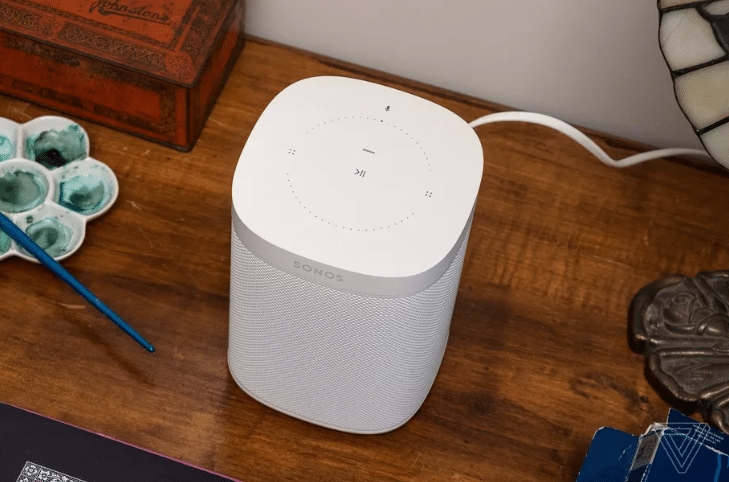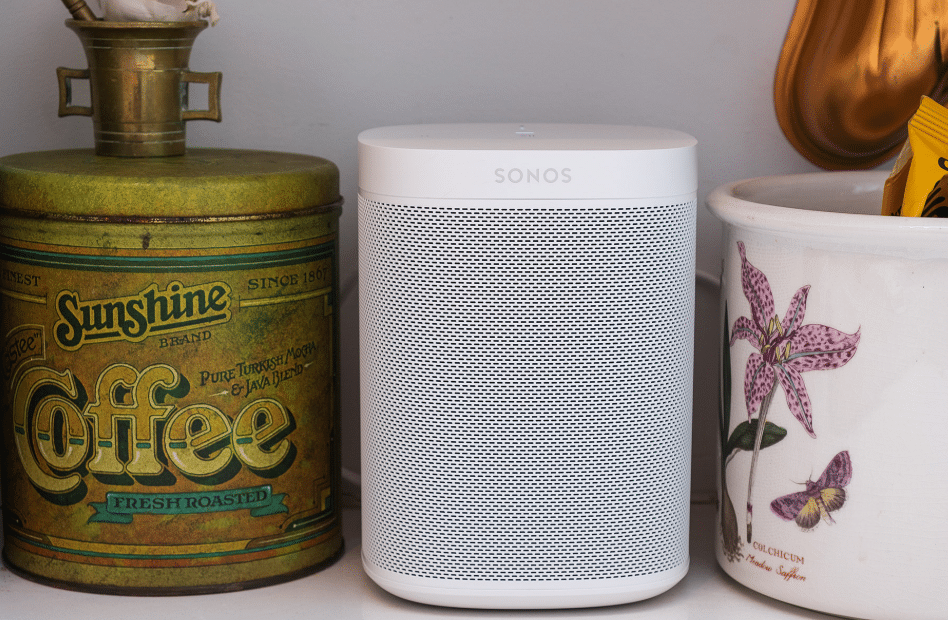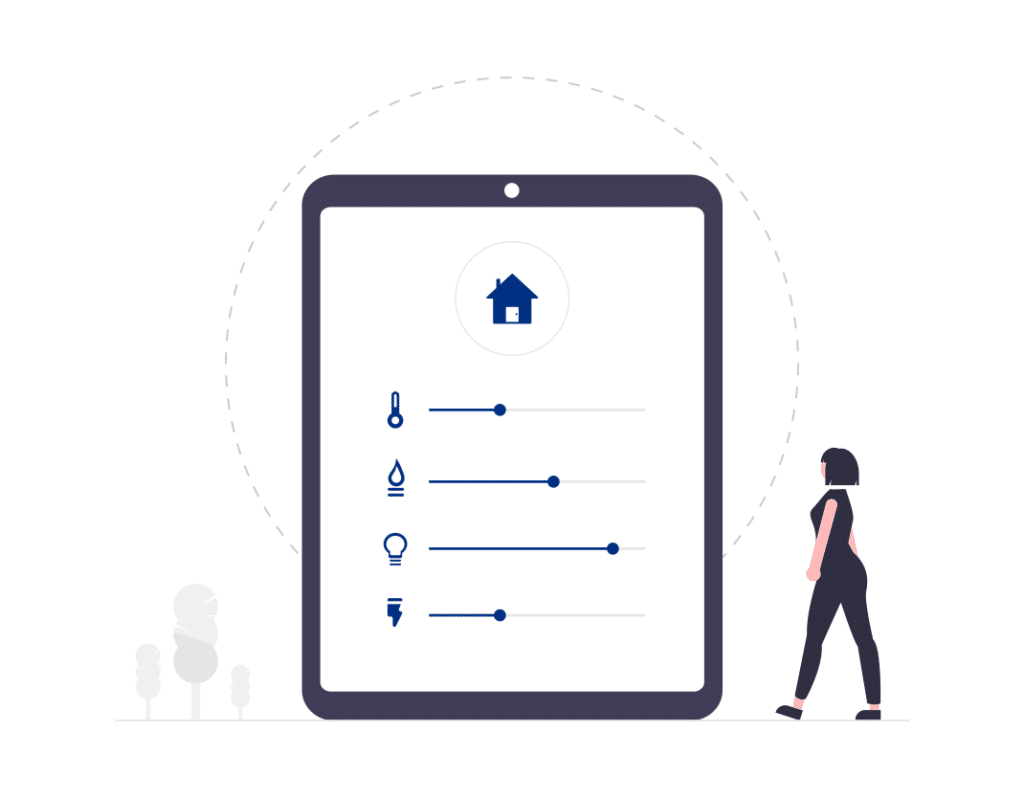
Sonos Speakers and so many choices
We already know that SONOS makes the best Hi-Fi sound systems for home and business. At Smarter Homes, our customers are always asking what SONOS speaker is right for them. We found the best answer from our friends at the Verge. Writer Cameron Faulkner’s article, “How to pick the SONOS speaker that’ right for you,” has the answer to our frequently asked question.
If a smart speaker hasn’t yet invaded your home, you may be looking to fix that. Among the many options, Sonos speakers come recommended due to their balance of good design, solid Wi-Fi audio performance and reliability, and their broad compatibility with smartphones and music streaming services.
Compared to its competitors, Sonos caters to the most users out of the box. Setting up and using a Sonos speaker can be done with either an iOS and Android device, unlike the Apple HomePod. Nearly every major music streaming service is supported, too, from Spotify and Apple Music to Google Play Music and Tidal, so there’s no fear associated with switching to a different service should you choose to.
a lineup different from the competition
Unlike the Apple HomePod, Google Home, or Amazon Echo, Sonos’ product lineup includes both smart speakers and soundbars. If you want one or two for multi-room music playback, you can do that. Is a wireless home theater solution the stuff of dreams for you? Sonos has you covered there, too, letting you piece together a unique solution that fits your arrangement and budget.
Sonos can’t do everything, though it is getting better. AirPlay 2 support for Sonos speakers has just been added to the Sonos Beam, Sonos One, Sonos Playbase and the second-generation Sonos Play:5. If you’re looking for the smartest options, the Sonos One and the new Sonos Beam soundbar are the only models available that come with native Alexa voice support built in for hands-free playback (Google Assistant is said to arrive as an option at some point in 2018).
SONOS ONE
The Sonos One is a more refined take on the Sonos Play: 1. The company’s smallest and most affordable speaker by a long shot, it competes closely with smart speakers like the Apple HomePod and Google Home in stature and capability with native voice-enabled controls via Amazon Alexa. You can ask Alexa to play music from a wide range of streaming services including Spotify, Amazon Music, Deezer, and Pandora. Noticeably lacking from this voice-supported list are the likes of Apple Music, Google Play Music, Tidal, and a load of others — though this won’t prevent you from controlling them with the Sonos app on your phone.
This one is worth considering in multiple scenarios: it’s an ideal option if you are low on cash, your living space is small, or both. Conversely, it’s a great launching point if you plan to buy multiple speakers, as it can fit easily in multiple rooms and integrate nicely with Sonos soundbars.
SONOS PLAY: 5
The Sonos Play: 5 is the largest singular speaker available through Sonos. If you’re only going to get one Sonos speaker and it has a lot of space to fill with audio, it should be this speaker.
Compared to the midsize Play: 3, which isn’t available directly through Sonos any longer and won’t receive the update to AirPlay 2, the Play: 5 offers a few distinct advantages: it’s bigger, louder, and its second-generation model supports AirPlay 2. This option grants you more bass in the soundstage along with room-filling throughput in the low and mid frequencies at the expense of desk or bookshelf real estate. Though, if space is a concern, this speaker operates in horizontal or vertical orientation.
At $499, this is a pricier, yet ultimately more powerful option by itself or, better yet, along with a few other Sonos speakers in your arrangement.
In terms of controls, the Play: 5 features onboard touch controls that come in handy if your phone isn’t nearby. It lacks the native voice support found in the Sonos One and Sonos Beam, but it plays nicely with an Amazon Echo (or the cheaper Amazon Echo Dot) via an Alexa skill that lets you command the flow of entertainment hands-free.
SONOS BEAM
The Sonos Beam is the product that can do the most for the least amount of cash. Compared to the larger, more expensive alternatives, the Playbar and Playbase, the Beam is a small, surprisingly affordable choice to liven up your entertainment center at $399.
Perhaps most similar to the Sonos One in terms of its capabilities out of the box, the Beam comes with Alexa voice support and touch controls. As with any of the soundbars, Sonos offers a $699 subwoofer that wirelessly syncs with the Beam, as well as any other Sonos speakers you have, to bring cinema-grade bass. That being said, the sub is not a necessary purchase — especially if you already own the bass-proficient Sonos Play: 5.
SONOS PLAYBASE AND PLAYBAR
If you have a larger room than the Sonos Beam can adequately provide for, Sonos makes two other soundbar options that are better suited to the task: the Sonos Playbase and Playbar.
The Sonos Playbase essentially disappears in your entertainment center, sitting right under your television. It’s built to best what your television’s speakers are capable of, which probably isn’t much. Speaking of your TV, it can carry the weight of it, up to 77 pounds, though the stands on certain TV models may exceed its 28-inch width.
At $699, this soundbar is quite a bit more expensive than the newer Beam, but it doubles the amount of drivers to 10, including six that cover the midrange, three tweeters, and one woofer for the low-end. As such, you can expect far more power from the Playbase across the soundstage. It is also better for listening to music than the Beam, which is really designed for movie and TV sound.






